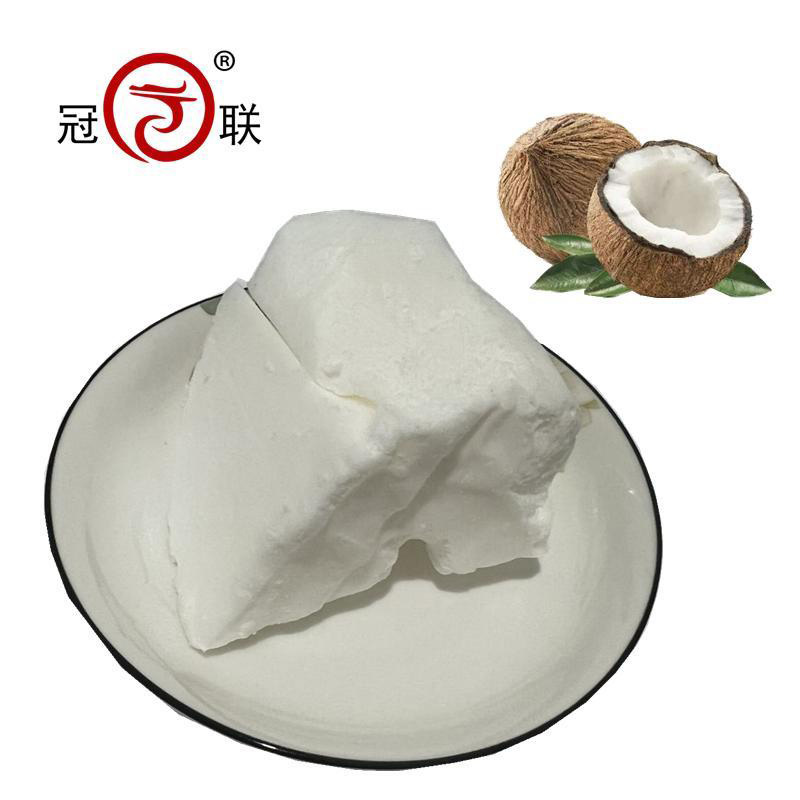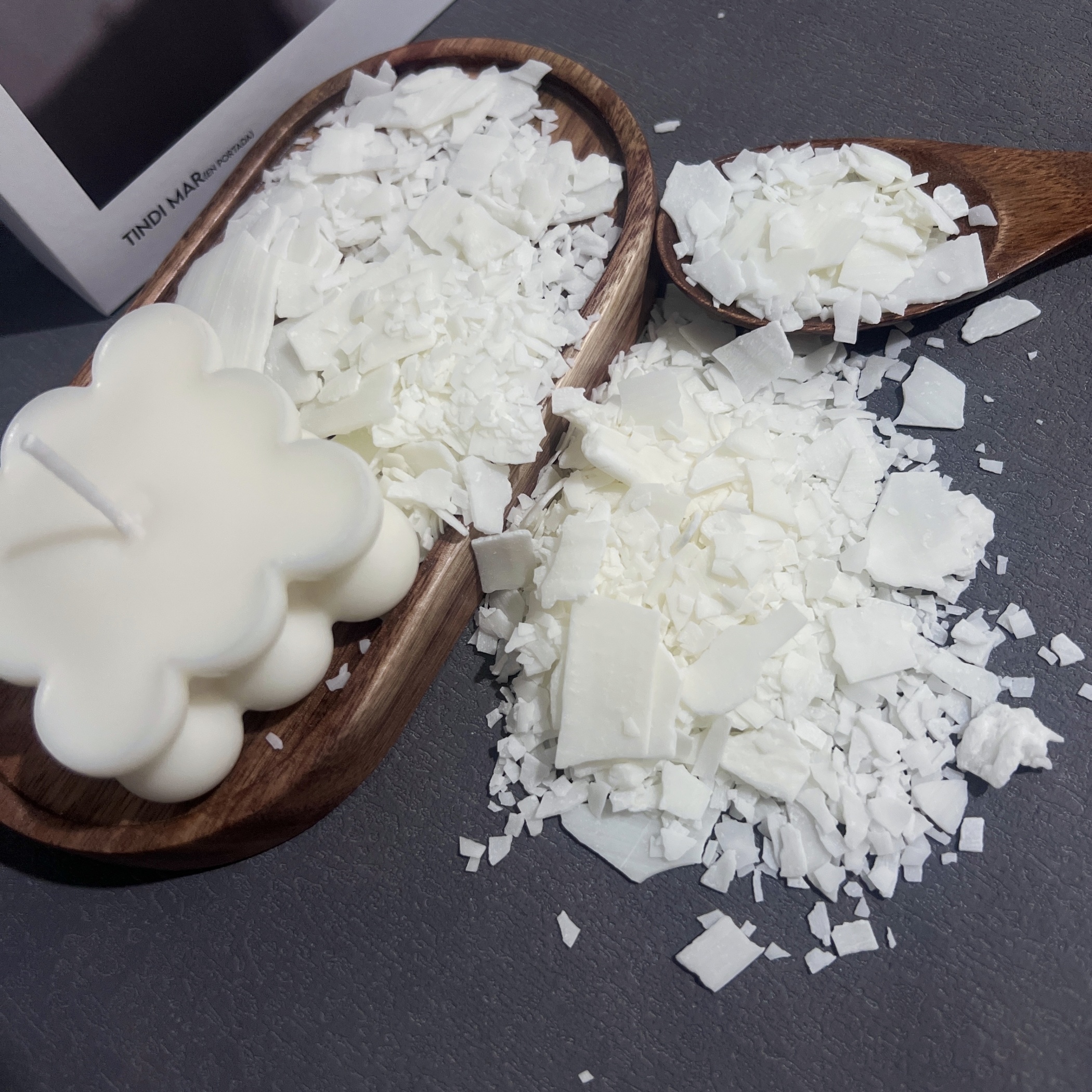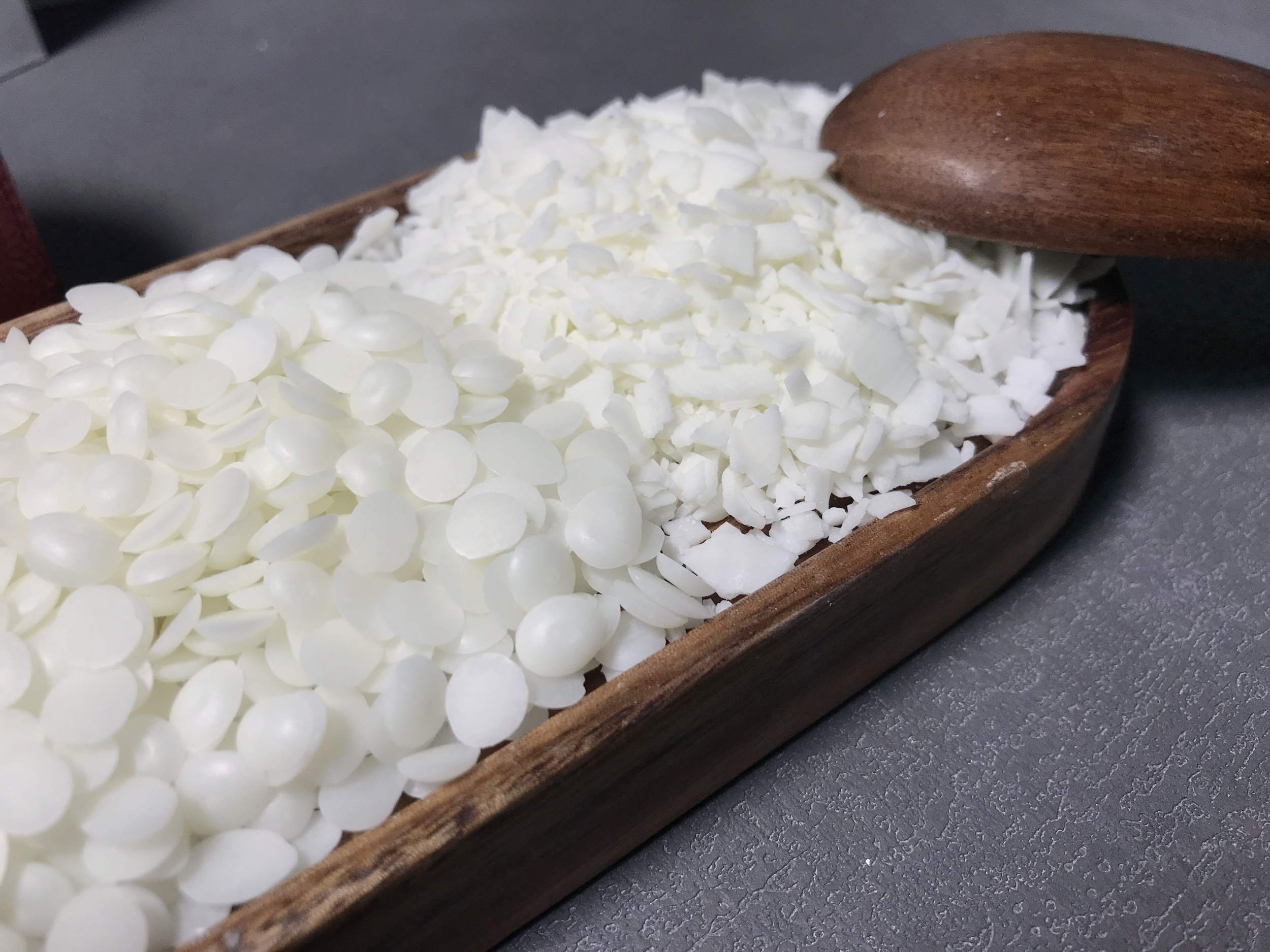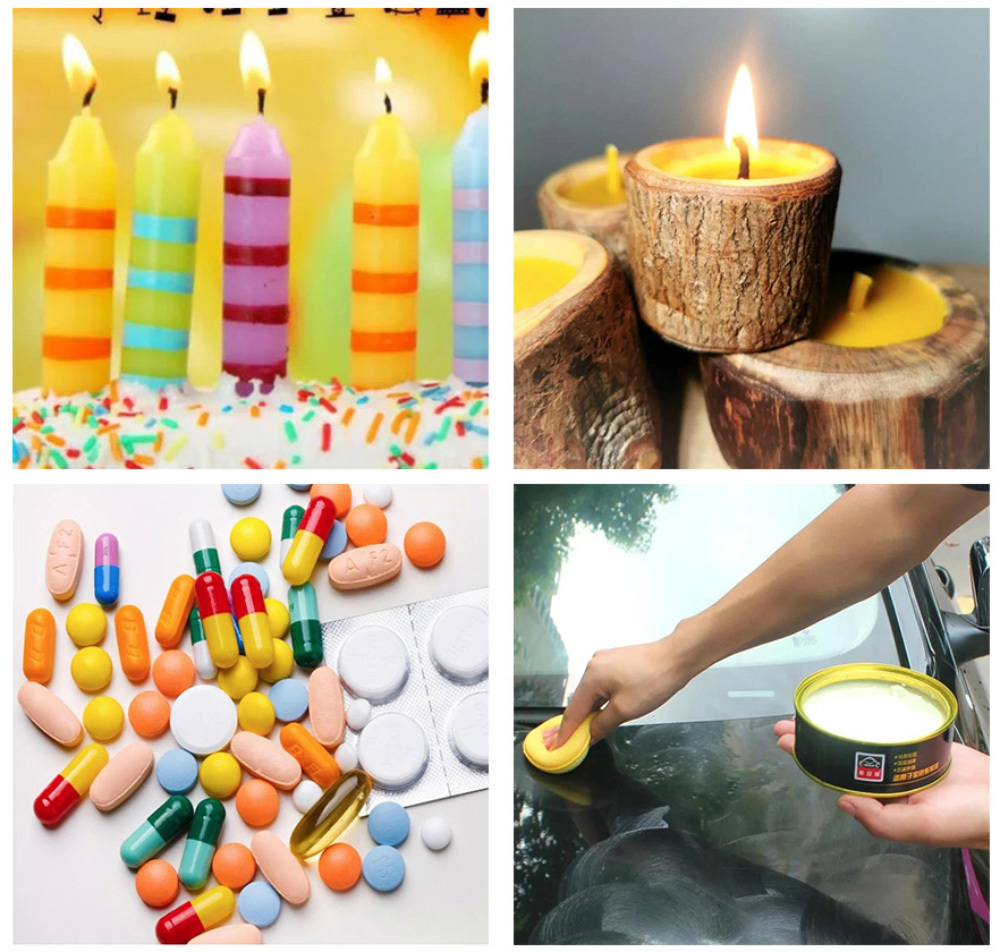Unleash Your Creativity with Premium Soy Wax for Candle Making
Release Time:
Jul 28,2024
Unleash Your Creativity with Premium Soy Wax for Candle Making Table of Contents 1. Understanding Soy Wax: The Ideal Choice for Candle Makers 2. Benefits of Using Premium Soy Wax for Candle Making 2.1 Eco-Friendly and Sustainable 2.2 Clean Burning and Longer Lasting 2.3 Easy to Work With 3. Essential Tools and Materials for Soy Wax Candle Making 3.1 Types of Soy Wax 3.2 Other

Unleash Your Creativity with Premium Soy Wax for Candle Making
Table of Contents
1. Understanding Soy Wax: The Ideal Choice for Candle Makers
2. Benefits of Using Premium Soy Wax for Candle Making
2.1 Eco-Friendly and Sustainable
2.2 Clean Burning and Longer Lasting
2.3 Easy to Work With
3. Essential Tools and Materials for Soy Wax Candle Making
3.1 Types of Soy Wax
3.2 Other Required Materials
4. Step-by-Step Guide to Making Soy Wax Candles
4.1 Preparing Your Workspace
4.2 Melting the Soy Wax
4.3 Adding Fragrance and Coloring
4.4 Pouring and Setting Your Candles
5. Creative Ideas for Soy Wax Candle Designs
5.1 Layered Candles
5.2 Embedded Objects
5.3 Unique Candle Shapes
6. Frequently Asked Questions about Soy Wax Candle Making
6.1 What is the best temperature to pour soy wax?
6.2 How do I choose the right wick for my soy candles?
6.3 Can I mix different wax types?
6.4 How do I store my finished candles?
6.5 How can I troubleshoot common candle-making issues?
7. Conclusion: Embrace Your Candle Making Journey
1. Understanding Soy Wax: The Ideal Choice for Candle Makers
Soy wax, derived from soybeans, is a natural alternative to traditional paraffin wax. Popular among crafters and DIY enthusiasts, this wax offers a unique blend of sustainability and performance that makes it ideal for creating high-quality candles. As we delve deeper into the benefits and techniques of working with soy wax, it becomes evident why it has become the preferred choice for many candle-making aficionados.
2. Benefits of Using Premium Soy Wax for Candle Making
Choosing the right wax is crucial for achieving the desired results in candle making. Premium soy wax stands out due to its numerous advantages.
2.1 Eco-Friendly and Sustainable
Soy wax is a renewable resource, making it an environmentally friendly option. Unlike paraffin, which is derived from petroleum, soy wax is biodegradable and supports agricultural practices, providing a sustainable choice for conscious consumers.
2.2 Clean Burning and Longer Lasting
Candles made from soy wax burn cleaner than their paraffin counterparts, producing less soot and smoke. This feature not only enhances indoor air quality but also contributes to a longer burn time, allowing you to enjoy your creations for an extended period.
2.3 Easy to Work With
For beginners and experienced candle makers alike, soy wax is forgiving and easy to manipulate. It has a lower melting point than paraffin, enabling a more manageable process while still allowing for the incorporation of various fragrances and colors.
3. Essential Tools and Materials for Soy Wax Candle Making
To embark on your candle-making adventure, having the right tools and materials is essential.
3.1 Types of Soy Wax
There are several types of soy wax available, each catering to different preferences and applications. Some popular options include:
- **Container Soy Wax**: Ideal for use in glass containers, it has a smooth finish and excellent fragrance retention.
- **Pillar Soy Wax**: This type is designed for mold use, allowing you to create freestanding candles.
- **Blended Soy Wax**: Combining soy wax with other waxes, such as beeswax, can enhance performance and aesthetic qualities.
3.2 Other Required Materials
Aside from soy wax, you will need several other materials to get started:
- **Wicks**: Choose cotton or wooden wicks appropriate for your container or mold size.
- **Fragrances**: High-quality fragrance oils designed for candle making will enhance the sensory experience.
- **Colorants**: Candle dyes can add vibrant colors to your creations, allowing for personalized designs.
- **Pouring Pitcher**: A heat-resistant pitcher makes melting and pouring wax easier.
- **Thermometer**: An accurate thermometer is vital for monitoring wax temperature during the melting and pouring processes.
4. Step-by-Step Guide to Making Soy Wax Candles
Creating your own soy wax candles is a gratifying process. Follow these steps to craft your unique candles.
4.1 Preparing Your Workspace
Start by choosing a well-ventilated area to work in. Lay down newspaper or a protective covering on your work surface to catch any spills. Gather all your materials and tools so they are within reach.
4.2 Melting the Soy Wax
Measure the amount of soy wax needed based on the size and number of candles you wish to create. Using a double boiler method, melt the wax slowly, stirring gently until it reaches a temperature of about 170°F (76°C).
4.3 Adding Fragrance and Coloring
Once the wax is fully melted, it's time to incorporate fragrance and color. Add fragrance oil—typically 1 ounce per pound of wax—while stirring. If you wish to color your candles, add liquid or solid dye at this stage and mix until fully incorporated.
4.4 Pouring and Setting Your Candles
Let the wax cool to approximately 140°F (60°C) before pouring it into your containers or molds. Secure the wick in place and pour the wax, leaving a small space at the top. Allow the candles to set undisturbed for several hours or until completely solid.
5. Creative Ideas for Soy Wax Candle Designs
Once you’ve mastered the basics, let your creativity run wild with these unique candle design ideas.
5.1 Layered Candles
Create visually stunning candles by pouring layers of different colored wax. Allow each layer to cool slightly before adding the next to achieve a beautiful multi-dimensional effect.
5.2 Embedded Objects
Incorporate decorative elements like dried flowers, herbs, or glitter into your candles. Ensure that these objects are non-flammable and placed strategically within the wax.
5.3 Unique Candle Shapes
Experiment with various molds to create candles in different shapes, such as geometric forms, animals, or seasonal designs. The possibilities are endless!
6. Frequently Asked Questions about Soy Wax Candle Making
To help you further in your candle-making journey, here are some frequently asked questions:
6.1 What is the best temperature to pour soy wax?
The ideal pouring temperature for soy wax is around 140°F (60°C). This ensures a smooth surface and good adhesion to the wick.
6.2 How do I choose the right wick for my soy candles?
Wick selection depends on the candle's diameter and the type of wax used. A general rule is to choose a wick that matches the candle's size for optimal burn quality.
6.3 Can I mix different wax types?
Yes, mixing soy wax with other waxes like paraffin or beeswax can enhance certain properties, such as scent throw or color retention.
6.4 How do I store my finished candles?
Store your candles in a cool, dry place away from direct sunlight to prevent fading and maintain their integrity.
6.5 How can I troubleshoot common candle-making issues?
Common issues such as tunneling or uneven burning can often be resolved by adjusting wick size or pouring temperature. Regular practice and experimentation will help you refine your skills.
7. Conclusion: Embrace Your Candle Making Journey
Crafting candles with premium soy wax opens a world of creativity and satisfaction. By understanding the benefits of soy wax, mastering essential techniques, and exploring innovative designs, you can create beautiful candles that enhance your home and foster a rewarding hobby. Embrace the art of candle making and let your creativity shine through each unique piece you create. With practice, you will become proficient, turning your passion into a cherished craft.
Unleash Your Creativity with Premium Soy Wax for Candle Making
Table of Contents
1. Understanding Soy Wax: The Ideal Choice for Candle Makers
2. Benefits of Using Premium Soy Wax for Candle Making
2.1 Eco-Friendly and Sustainable
2.2 Clean Burning and Longer Lasting
2.3 Easy to Work With
3. Essential Tools and Materials for Soy Wax Candle Making
3.1 Types of Soy Wax
3.2 Other Required Materials
4. Step-by-Step Guide to Making Soy Wax Candles
4.1 Preparing Your Workspace
4.2 Melting the Soy Wax
4.3 Adding Fragrance and Coloring
4.4 Pouring and Setting Your Candles
5. Creative Ideas for Soy Wax Candle Designs
5.1 Layered Candles
5.2 Embedded Objects
5.3 Unique Candle Shapes
6. Frequently Asked Questions about Soy Wax Candle Making
6.1 What is the best temperature to pour soy wax?
6.2 How do I choose the right wick for my soy candles?
6.3 Can I mix different wax types?
6.4 How do I store my finished candles?
6.5 How can I troubleshoot common candle-making issues?
7. Conclusion: Embrace Your Candle Making Journey
1. Understanding Soy Wax: The Ideal Choice for Candle Makers
Soy wax, derived from soybeans, is a natural alternative to traditional paraffin wax. Popular among crafters and DIY enthusiasts, this wax offers a unique blend of sustainability and performance that makes it ideal for creating high-quality candles. As we delve deeper into the benefits and techniques of working with soy wax, it becomes evident why it has become the preferred choice for many candle-making aficionados.
2. Benefits of Using Premium Soy Wax for Candle Making
Choosing the right wax is crucial for achieving the desired results in candle making. Premium soy wax stands out due to its numerous advantages.
2.1 Eco-Friendly and Sustainable
Soy wax is a renewable resource, making it an environmentally friendly option. Unlike paraffin, which is derived from petroleum, soy wax is biodegradable and supports agricultural practices, providing a sustainable choice for conscious consumers.
2.2 Clean Burning and Longer Lasting
Candles made from soy wax burn cleaner than their paraffin counterparts, producing less soot and smoke. This feature not only enhances indoor air quality but also contributes to a longer burn time, allowing you to enjoy your creations for an extended period.
2.3 Easy to Work With
For beginners and experienced candle makers alike, soy wax is forgiving and easy to manipulate. It has a lower melting point than paraffin, enabling a more manageable process while still allowing for the incorporation of various fragrances and colors.
3. Essential Tools and Materials for Soy Wax Candle Making
To embark on your candle-making adventure, having the right tools and materials is essential.
3.1 Types of Soy Wax
There are several types of soy wax available, each catering to different preferences and applications. Some popular options include:
- **Container Soy Wax**: Ideal for use in glass containers, it has a smooth finish and excellent fragrance retention.
- **Pillar Soy Wax**: This type is designed for mold use, allowing you to create freestanding candles.
- **Blended Soy Wax**: Combining soy wax with other waxes, such as beeswax, can enhance performance and aesthetic qualities.
3.2 Other Required Materials
Aside from soy wax, you will need several other materials to get started:
- **Wicks**: Choose cotton or wooden wicks appropriate for your container or mold size.
- **Fragrances**: High-quality fragrance oils designed for candle making will enhance the sensory experience.
- **Colorants**: Candle dyes can add vibrant colors to your creations, allowing for personalized designs.
- **Pouring Pitcher**: A heat-resistant pitcher makes melting and pouring wax easier.
- **Thermometer**: An accurate thermometer is vital for monitoring wax temperature during the melting and pouring processes.
4. Step-by-Step Guide to Making Soy Wax Candles
Creating your own soy wax candles is a gratifying process. Follow these steps to craft your unique candles.
4.1 Preparing Your Workspace
Start by choosing a well-ventilated area to work in. Lay down newspaper or a protective covering on your work surface to catch any spills. Gather all your materials and tools so they are within reach.
4.2 Melting the Soy Wax
Measure the amount of soy wax needed based on the size and number of candles you wish to create. Using a double boiler method, melt the wax slowly, stirring gently until it reaches a temperature of about 170°F (76°C).
4.3 Adding Fragrance and Coloring
Once the wax is fully melted, it's time to incorporate fragrance and color. Add fragrance oil—typically 1 ounce per pound of wax—while stirring. If you wish to color your candles, add liquid or solid dye at this stage and mix until fully incorporated.
4.4 Pouring and Setting Your Candles
Let the wax cool to approximately 140°F (60°C) before pouring it into your containers or molds. Secure the wick in place and pour the wax, leaving a small space at the top. Allow the candles to set undisturbed for several hours or until completely solid.
5. Creative Ideas for Soy Wax Candle Designs
Once you’ve mastered the basics, let your creativity run wild with these unique candle design ideas.
5.1 Layered Candles
Create visually stunning candles by pouring layers of different colored wax. Allow each layer to cool slightly before adding the next to achieve a beautiful multi-dimensional effect.
5.2 Embedded Objects
Incorporate decorative elements like dried flowers, herbs, or glitter into your candles. Ensure that these objects are non-flammable and placed strategically within the wax.
5.3 Unique Candle Shapes
Experiment with various molds to create candles in different shapes, such as geometric forms, animals, or seasonal designs. The possibilities are endless!
6. Frequently Asked Questions about Soy Wax Candle Making
To help you further in your candle-making journey, here are some frequently asked questions:
6.1 What is the best temperature to pour soy wax?
The ideal pouring temperature for soy wax is around 140°F (60°C). This ensures a smooth surface and good adhesion to the wick.
6.2 How do I choose the right wick for my soy candles?
Wick selection depends on the candle's diameter and the type of wax used. A general rule is to choose a wick that matches the candle's size for optimal burn quality.
6.3 Can I mix different wax types?
Yes, mixing soy wax with other waxes like paraffin or beeswax can enhance certain properties, such as scent throw or color retention.
6.4 How do I store my finished candles?
Store your candles in a cool, dry place away from direct sunlight to prevent fading and maintain their integrity.
6.5 How can I troubleshoot common candle-making issues?
Common issues such as tunneling or uneven burning can often be resolved by adjusting wick size or pouring temperature. Regular practice and experimentation will help you refine your skills.
7. Conclusion: Embrace Your Candle Making Journey
Crafting candles with premium soy wax opens a world of creativity and satisfaction. By understanding the benefits of soy wax, mastering essential techniques, and exploring innovative designs, you can create beautiful candles that enhance your home and foster a rewarding hobby. Embrace the art of candle making and let your creativity shine through each unique piece you create. With practice, you will become proficient, turning your passion into a cherished craft.
Key words:
Latest news






























